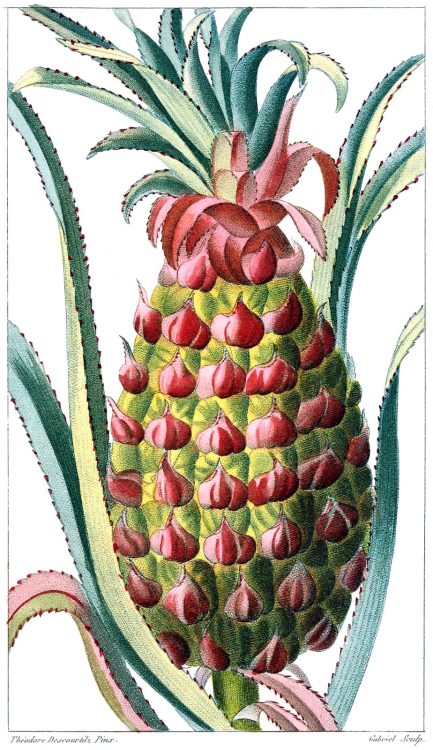|
Cyphostemma Cirrhosum
''Cyphostemma cirrhosum'' is a species of plant native to southern Africa. It is a soft-stemmed creeper with succulent In botany, succulent plants, also known as succulents, are plants with parts that are thickened, fleshy, and engorged, usually to retain water in arid climates or soil conditions. The word ''succulent'' comes from the Latin word ''sucus'', meani ..., yellowish-green leaves. It bears yellow flowers and red, oval-shaped fruit. References * * cirrhosum {{Vitaceae-stub ... [...More Info...] [...Related Items...] OR: [Wikipedia] [Google] [Baidu] |
Carl Peter Thunberg
Carl Peter Thunberg, also known as Karl Peter von Thunberg, Carl Pehr Thunberg, or Carl Per Thunberg (11 November 1743 – 8 August 1828), was a Swedish naturalist and an "apostle" of Carl Linnaeus. After studying under Linnaeus at Uppsala University, he spent seven years travelling in southern Africa and Asia, collecting and describing many plants and animals new to European science, and observing local cultures. He has been called "the father of South African botany", "pioneer of Occidental Medicine in Japan", and the "Japanese Linnaeus". Early life Thunberg was born and grew up in Jönköping, Sweden. At the age of 18, he entered Uppsala University where he was taught by Carl Linnaeus, regarded as the "father of modern taxonomy". Thunberg graduated in 1767 after 6 years of studying. To deepen his knowledge in botany, medicine and natural history, he was encouraged by Linnaeus in 1770 to travel to Paris and Amsterdam. In Amsterdam and Leiden Thunberg met the Dutch botanist ... [...More Info...] [...Related Items...] OR: [Wikipedia] [Google] [Baidu] |
Michel Étienne Descourtilz
Michel Étienne Descourtilz (25 November 1775, Boiste near Pithiviers – 1835 or 1836, Paris), was a French physician, botanist and historian of the Haitian Revolution. He was the father of illustrator Jean-Théodore Descourtilz, with whom he sometimes collaborated. In 1799, after completing his medical studies he traveled to Charleston, South Carolina and Santiago, Cuba, arriving in Haiti on 2 April. Despite a passport from Toussaint Louverture and serving as physician with the forces of Jean-Jacques Dessalines, he was in constant danger. His plant collections were mostly from between Port-au-Prince and Cap-Haïtien and along the Artibonite River. All his natural history collections and many drawings were destroyed during the course of the revolution. In 1803 he returned to France, worked as a physician in a hospital at Beaumont and served as president of the Paris Linnean Society. As a taxonomist he circumscribed the genus ''Nauchea'' (family Fabaceae The Fabaceae ... [...More Info...] [...Related Items...] OR: [Wikipedia] [Google] [Baidu] |
Succulent
In botany, succulent plants, also known as succulents, are plants with parts that are thickened, fleshy, and engorged, usually to retain water in arid climates or soil conditions. The word ''succulent'' comes from the Latin word ''sucus'', meaning "juice" or "sap". Succulent plants may store water in various structures, such as leaves and stems. The water content of some succulent organs can get up to 90–95%, such as '' Glottiphyllum semicyllindricum'' and '' Mesembryanthemum barkleyii''. Some definitions also include roots, thus geophytes that survive unfavorable periods by dying back to underground storage organs may be regarded as succulents. The habitats of these water-preserving plants are often in areas with high temperatures and low rainfall, such as deserts, but succulents may be found even in alpine ecosystems growing in rocky soil. Succulents are characterized by their ability to thrive on limited water sources, such as mist and dew, which makes them equipped to s ... [...More Info...] [...Related Items...] OR: [Wikipedia] [Google] [Baidu] |

